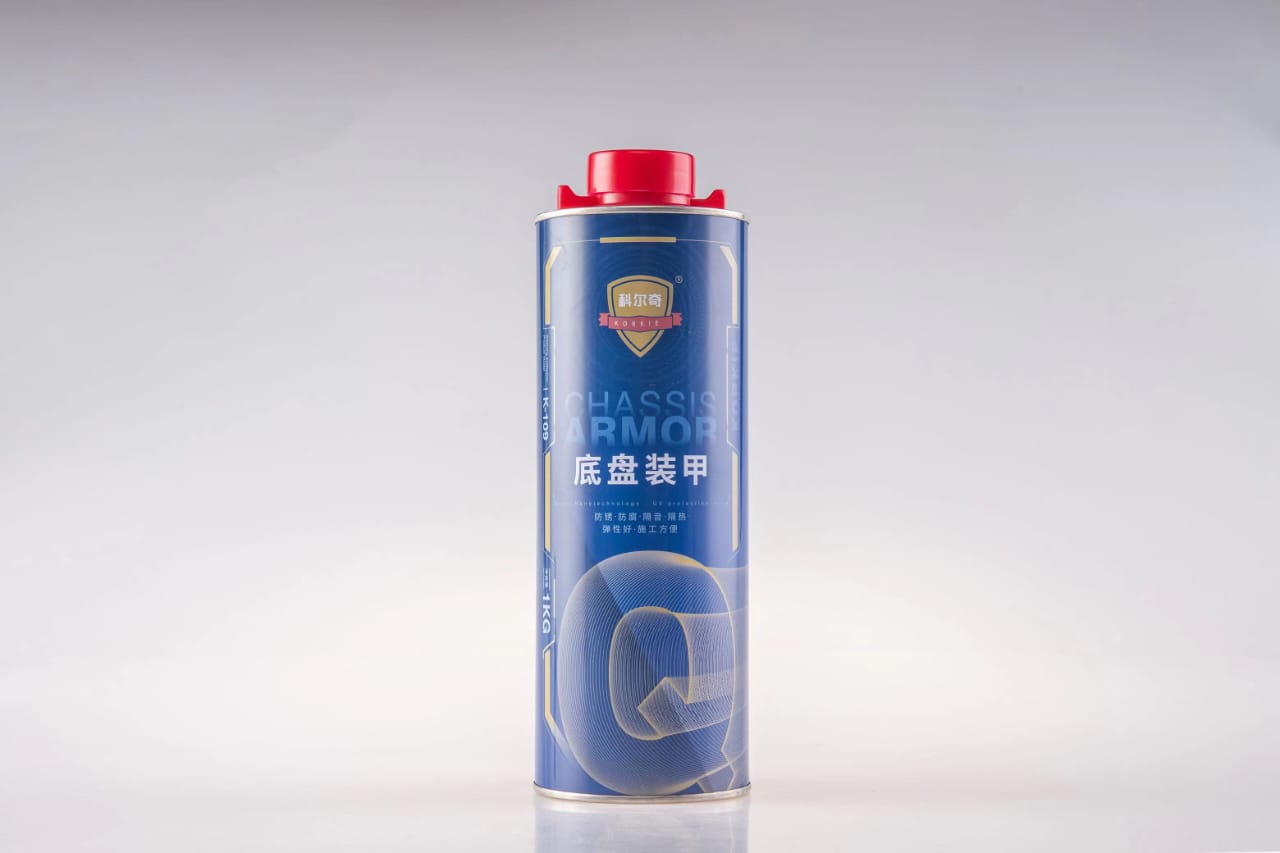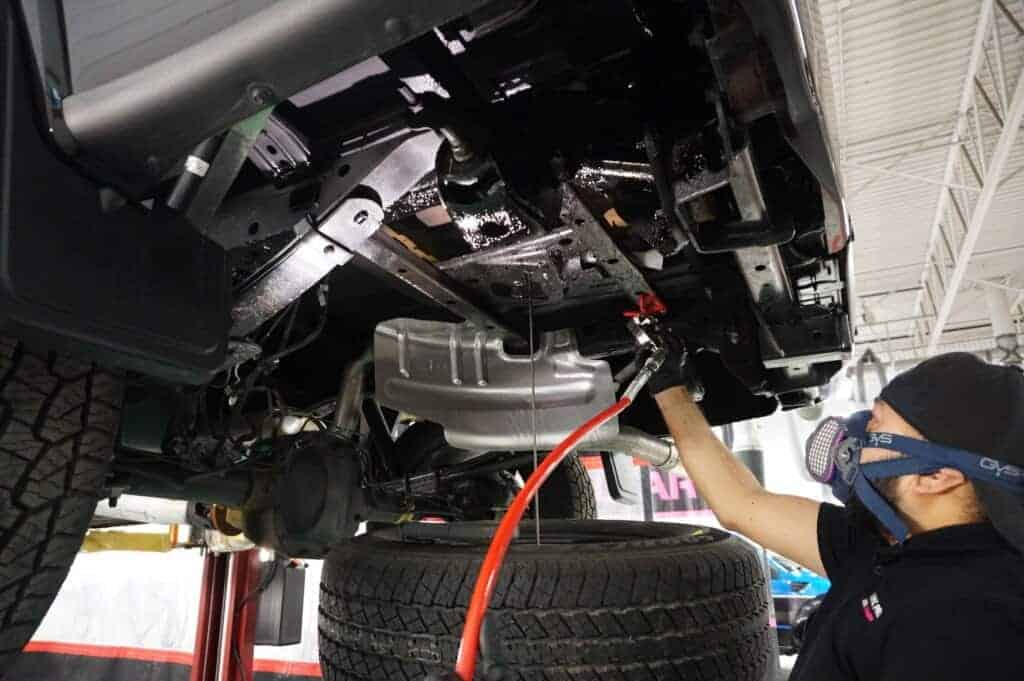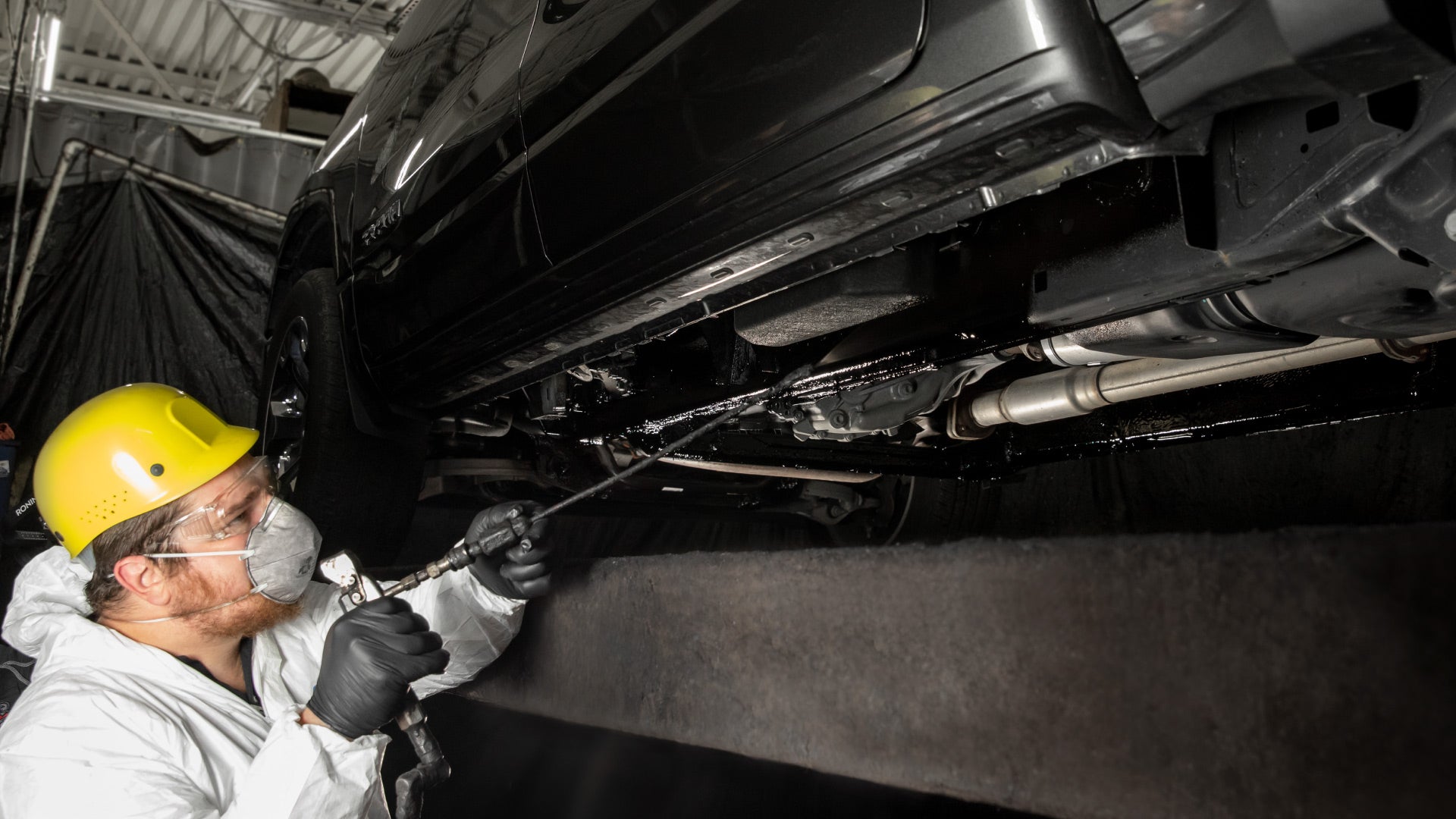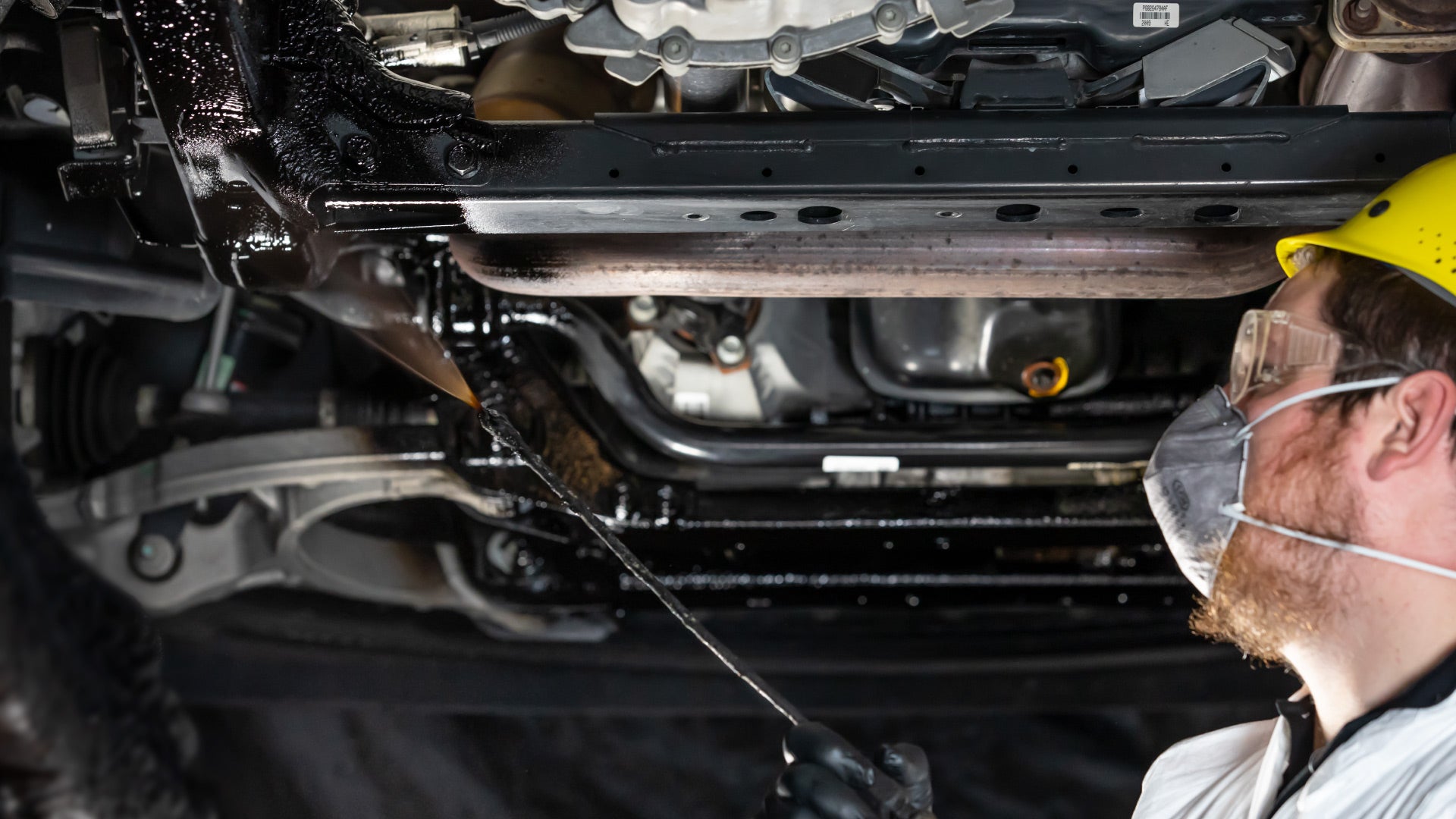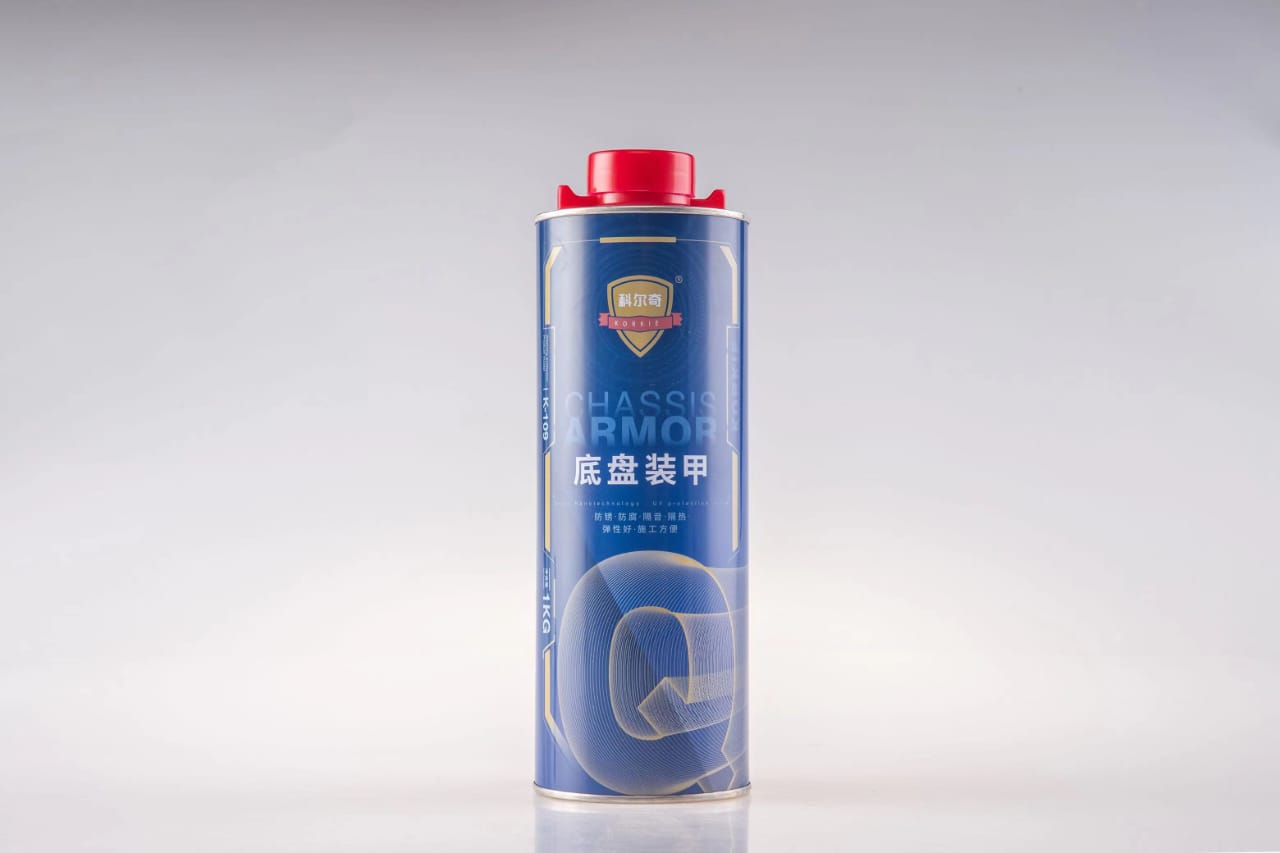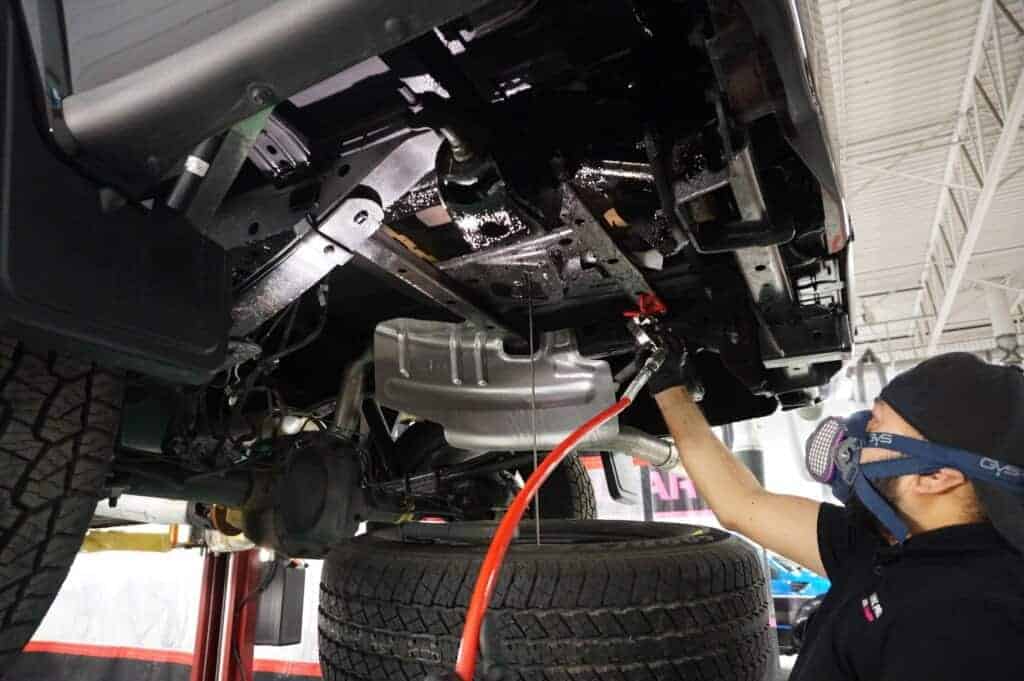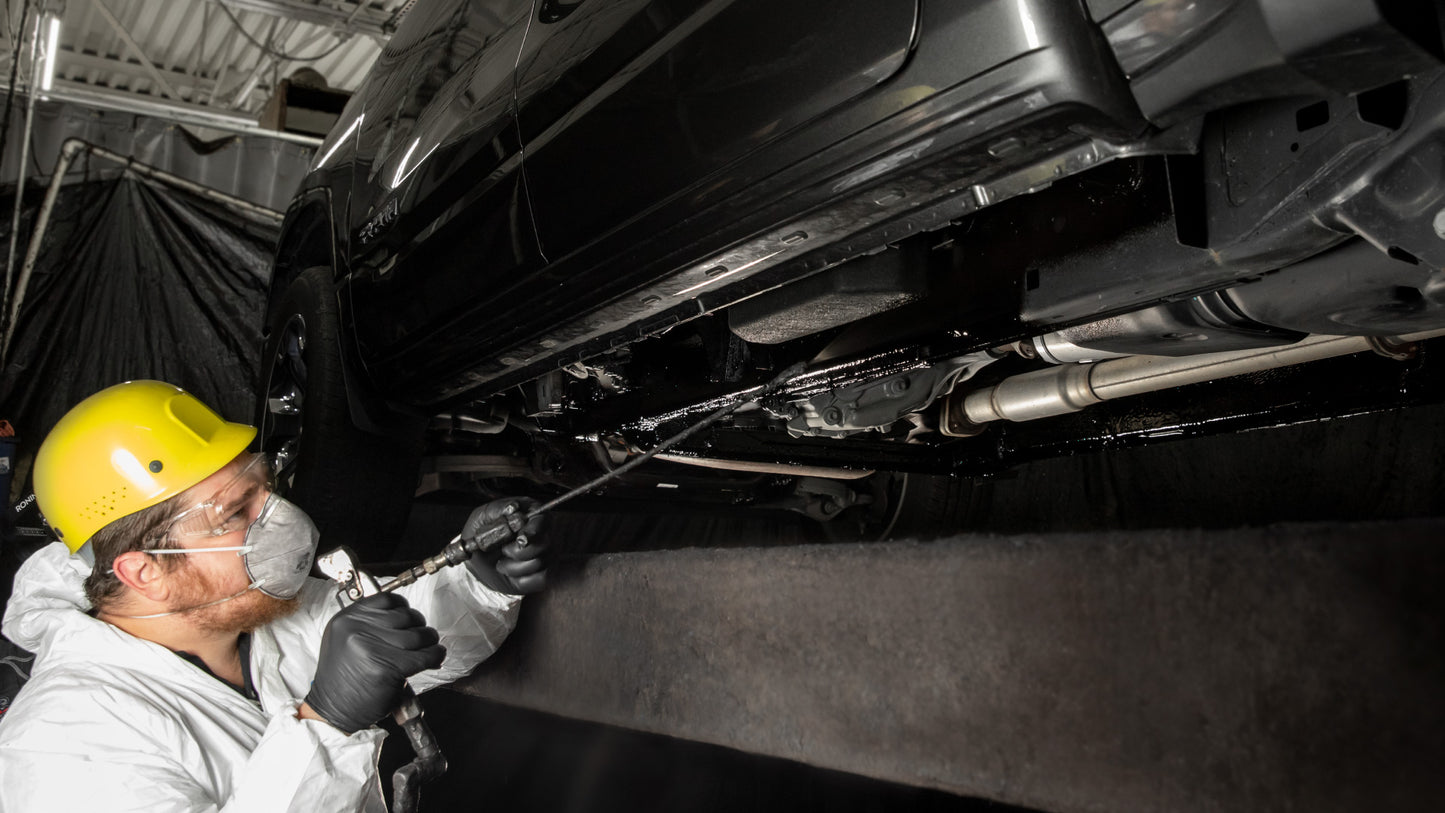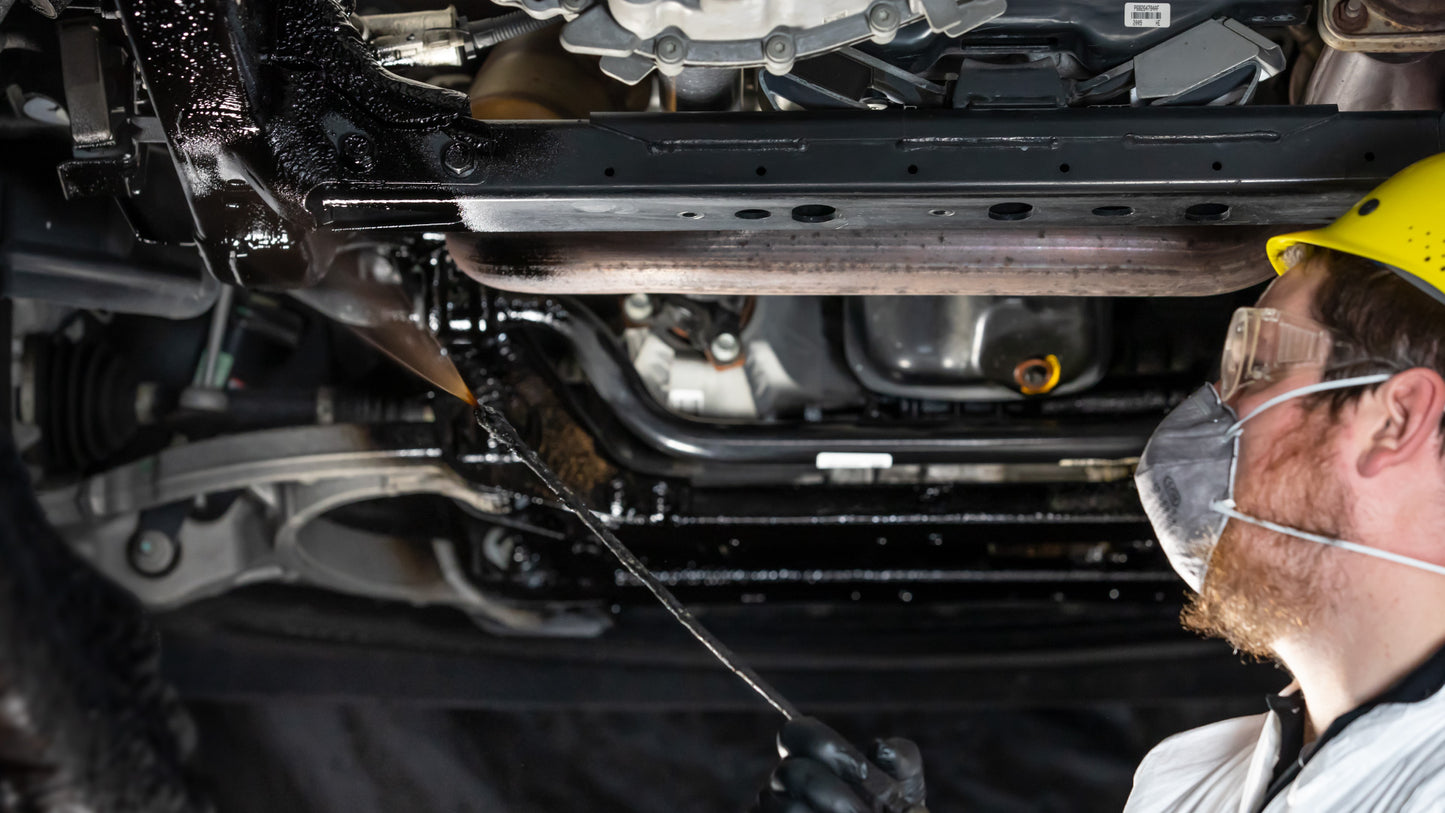On the bright side, if you own a modern automobile, chances are you won't have to undercoat it all that often. Most cars today are constructed from lightweight, rust-resistant materials like aluminum, plastic, carbon fiber, and magnesium. This not only makes them far more fuel efficient and lightweight, but less susceptible to corrosive contaminants as well.
But that doesn't mean the modern automobile is immune either, which is precisely why all cars receive an undercoating at the factory, which in colder climates, requires routine cleaning and the occasional reinstallation.
However, a lot of car owners still don't know what undercoatings are made from, or how they work. Is there more than one kind of undercoating? Are there any health risks associated with this stuff? How often should a vehicle be undercoated?
Well fret no more, because today we'll be breaking down the good, the bad, and the rusty. As we dissect the latest undercoating solutions, and the pros and cons of this crucial layer of automotive protection.

